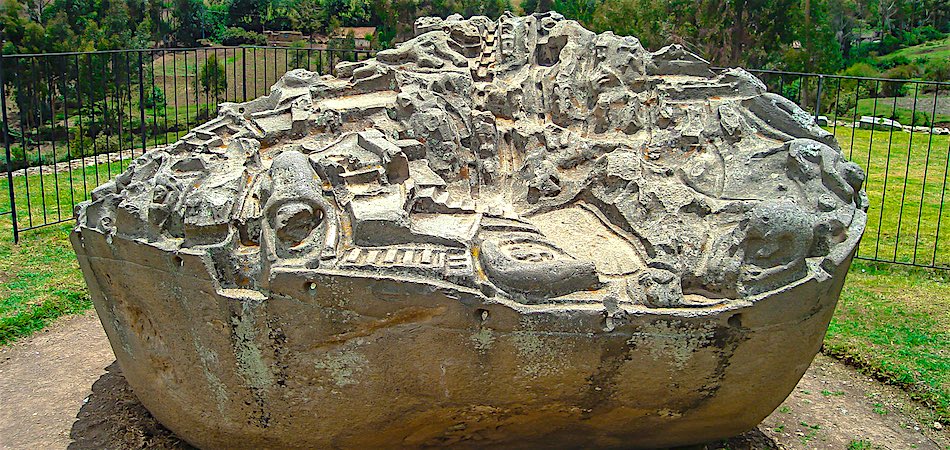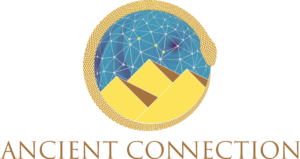The Golden City Of Cuzco
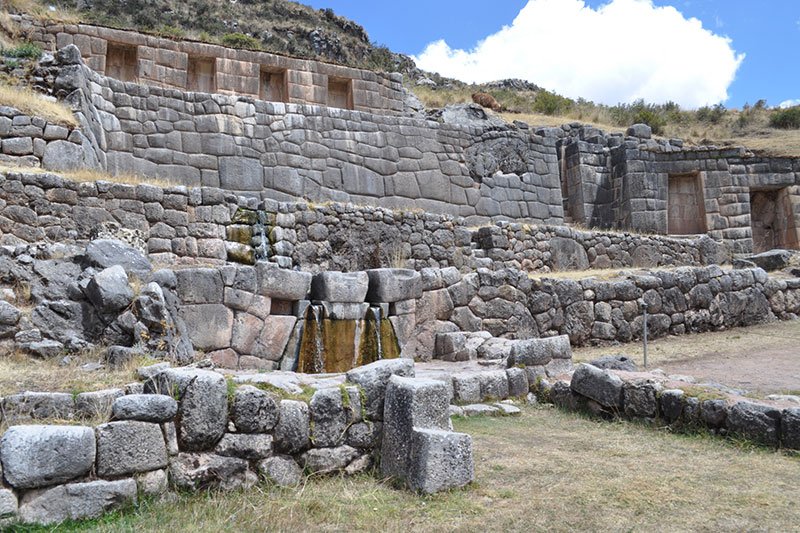
The mythological Golden City of Cuzco (also spelled Cusco) is a city in southeastern Peru, at the eastern end of the Cuzco Node near the Urubamba Valley of the Andes mountain range.
It is the capital of the Cusco region and the province of Cusco.
The city was the historic capital of the Inca Empire from the 13th century until the 16th-century Spanish conquest. In 1983, Cusco has been declared World Heritage Site by UNESCO with the title “City of Cuzco”.
The original toponym of the city was Qosqo or Qusqu (in Quechua), traditionally meaning center, navel, or belt.
This is because according to Inca mythology, in this place, the underworld (Uku Pacha) merged with the visible world (Kay Pacha) and the upper world (Hanan Pacha). For this reason, the city was and is called the navel of the world (as the universe).
Two indigenous legends attribute its foundation to a legendary being called Manco Capac, the first man on Earth according to Inca mythology, along with his sister and consort Mama Ocllo, who later became its first emperor.
Both legends maintain that the place was revealed to them by the sun god (Inti) after a pilgrimage that began south of the sacred valley of the Incas in search of the exact place.
There’s no consensus about a possible dating for the first settlements, but it is agreed that the area where the city was located was already inhabited 3000 years ago.
Archaeology doesn’t offer a clear explanation of how Cusco was built, how its large stones were quarried and transported to the site, or how the Inca were capable to achieve such levels of megalithic craftsmanship.
Hatun Rumyioc Street In Cuzco
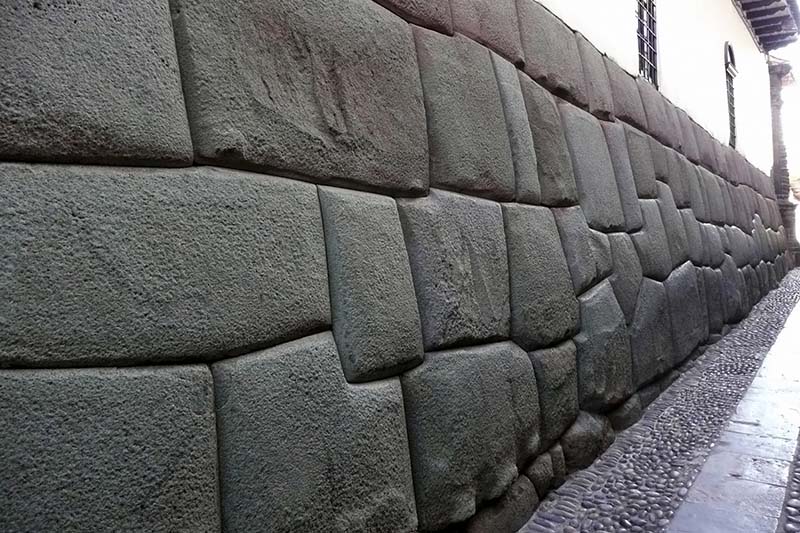
Hatun Rumiyoq (“the one with the big stone”) is no more than a street, but with a very interesting particular: a very well preserved and incredibly engineered megalithic polygonal wall. It is the remaining wall of what once was the palace of Inca Roca, which was converted to the Archbishop’s residence in recent times.
The street runs from the Plaza de Armas to the Barrio de San Blas, and its main point of interest is the Stone Of The Twelve Angles (shown in the second picture below), a marvel of ancient stonework that eventually became emblematic of the city’s history.
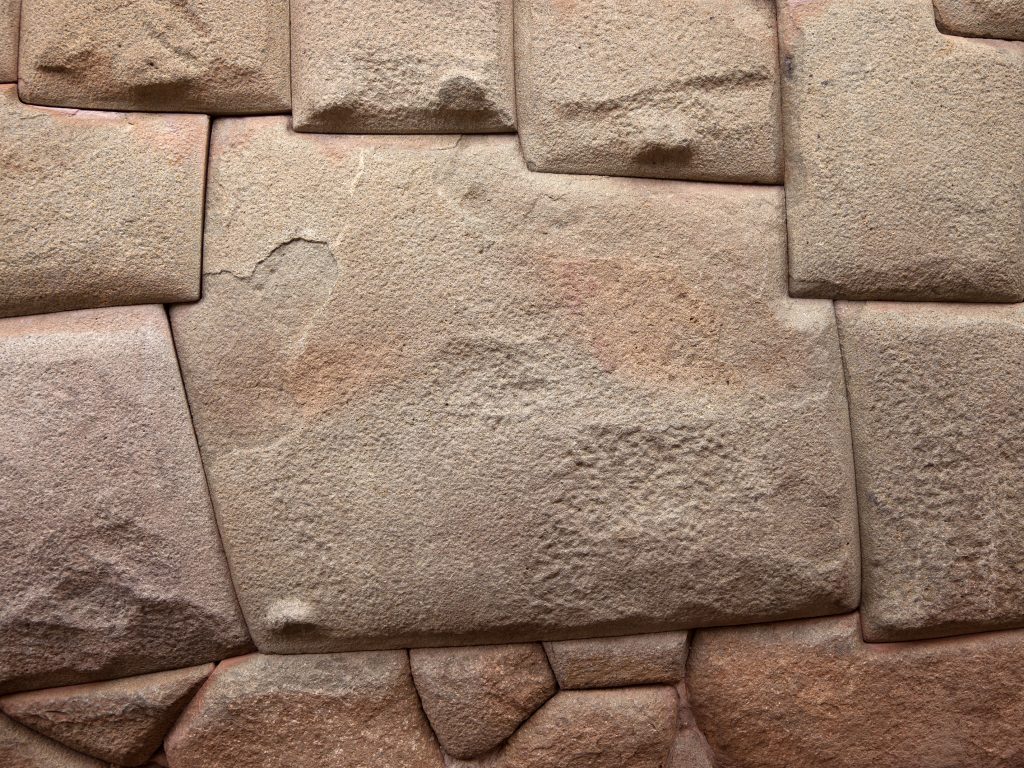
Qenqo
Q’enqo, Qenko, Kenko, or Quenco (all from Quechua language) is an archaeological site in the Sacred Valley of Peru located in the Cusco Region, about 6 km northeast of Cusco. The site was declared a Cultural Heritage (Patrimonio Cultural) of the Cusco Region by the National Institute of Culture.
It is one of the largest huacas (holy places) in the Cusco Region.
It features incredible megalithic structures that are perfectly polished and carved directly into the rock.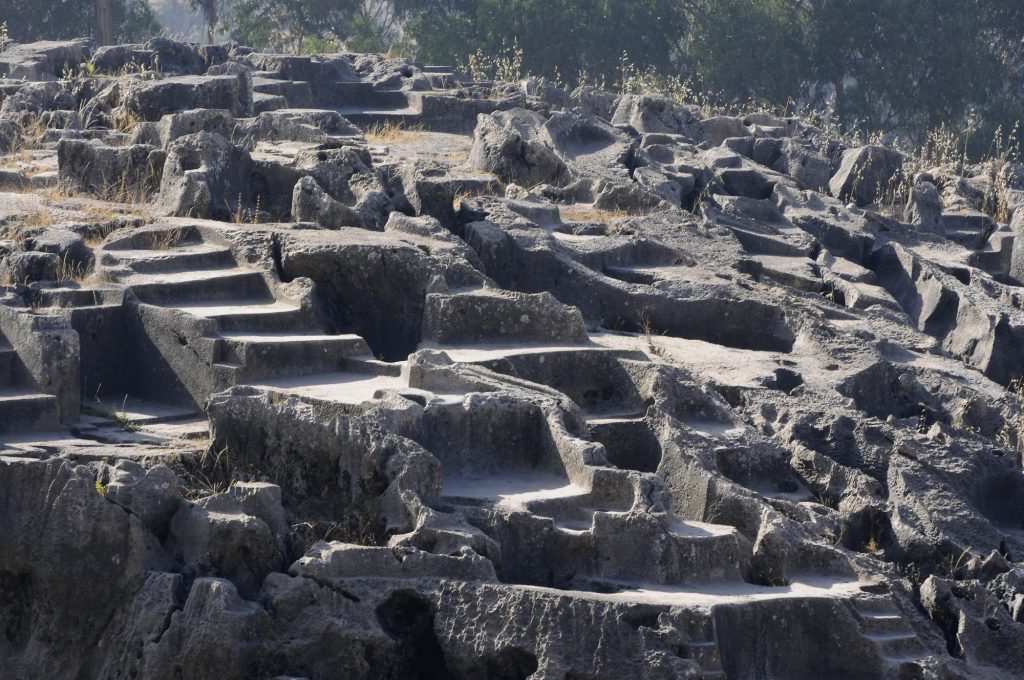
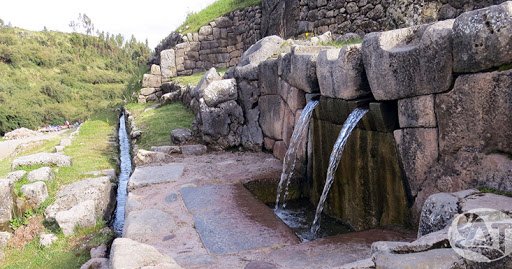

The Coricancha, Golden Temple of Cuzco
The Qurikancha (“golden place”) was the most important sanctuary dedicated to the Sun God at the time of the Inca Empire, and one of the reasons why Cuzco was also known as the Golden City.
According to ancient chronicles written by Garcilaso de la Vega (chronicler), Qurikancha was said to have featured a large solid golden disc that was studded with precious stones and represented the Inca Sun God – Inti.
Spanish chroniclers describe the Sacred Garden in front of the temple as a garden of golden plants with leaves of beaten gold, stems of silver, solid gold corn-cobs, and 20 life-size llamas and their herders all in solid gold.
The craftsmanship is astounding, and both the materials and the way the structures were engineered really make this site seem timeless while also providing evidence of an advanced technique for stone working and stone drilling with some of the hardest rocks on the planet.
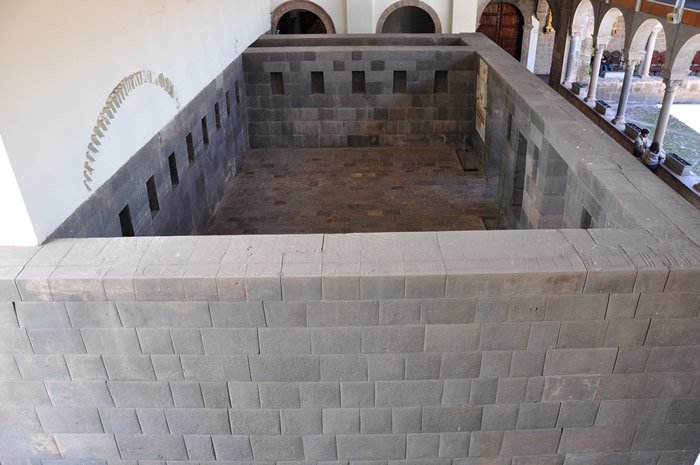
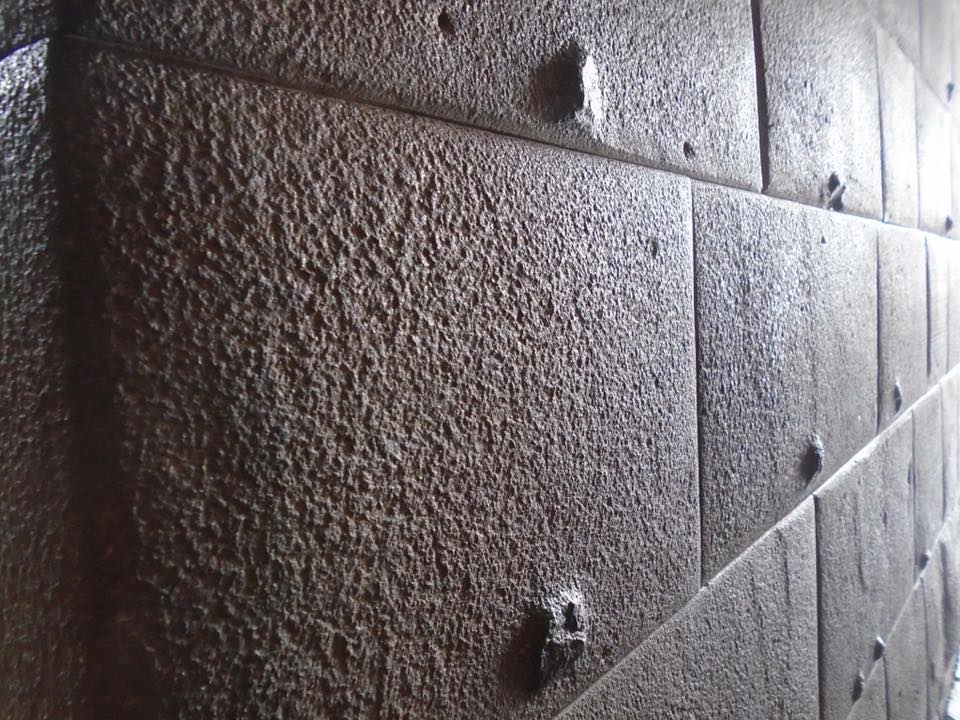
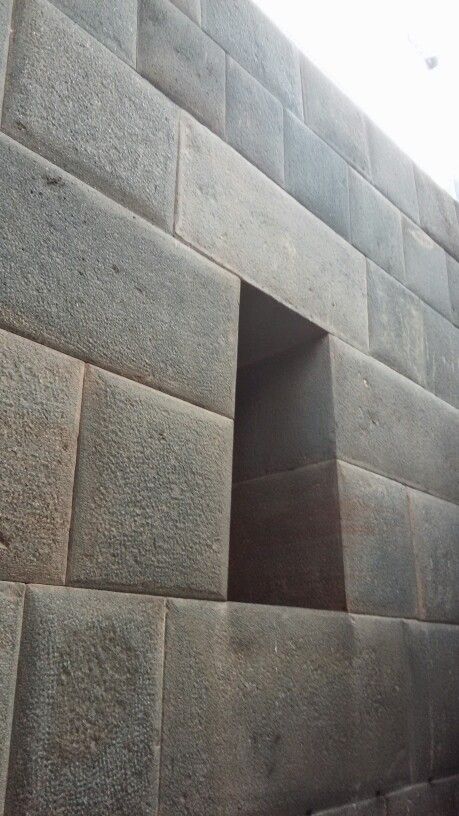

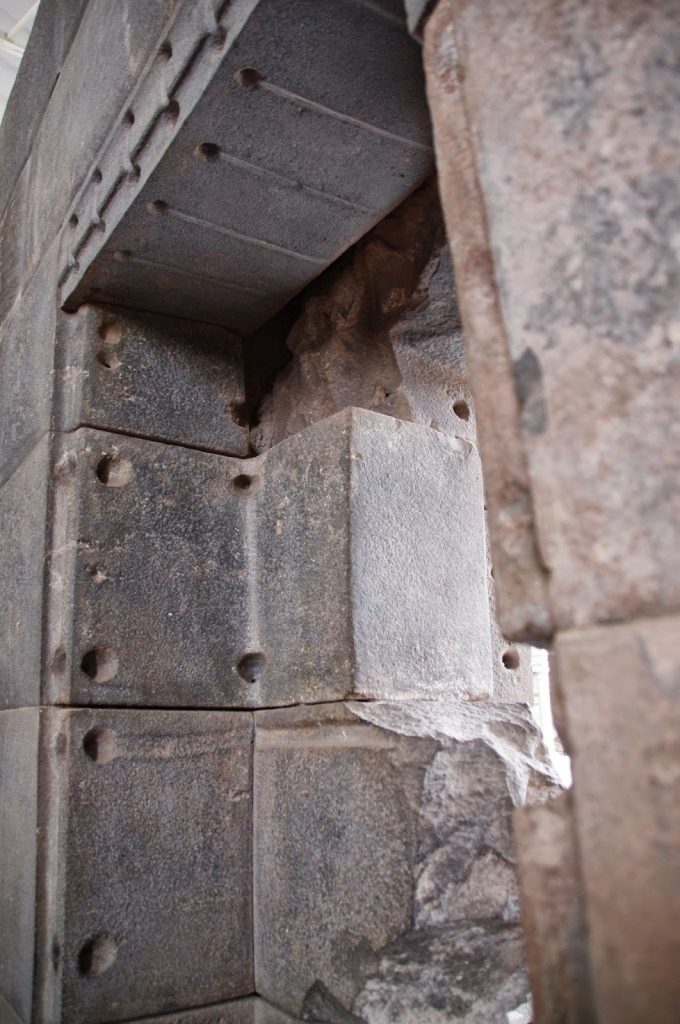
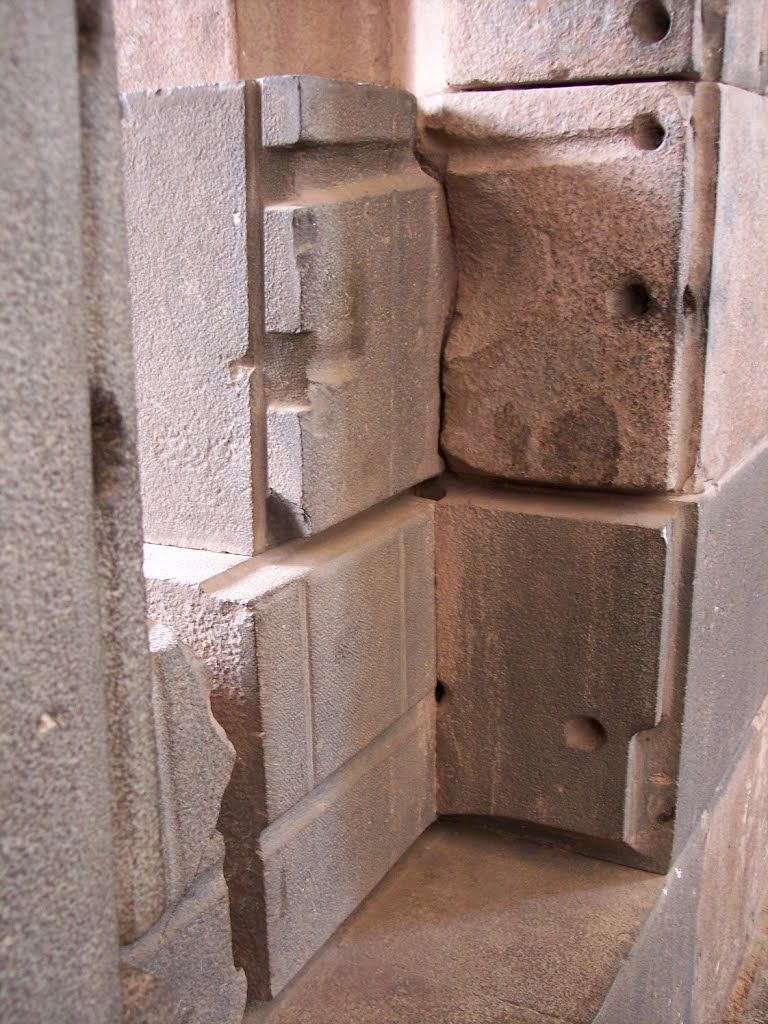
Killarumiyuq
Killarumiyuq (“the one with a moonstone”) is a site located in the Anta Province of Cuzco.
The site was declared a National Cultural Heritage (Patrimonio Cultural) of Peru and hosts what is known as the stone of the moon, a smoothly polished megalithic structure carved into a rock that resembles a decorated throne.
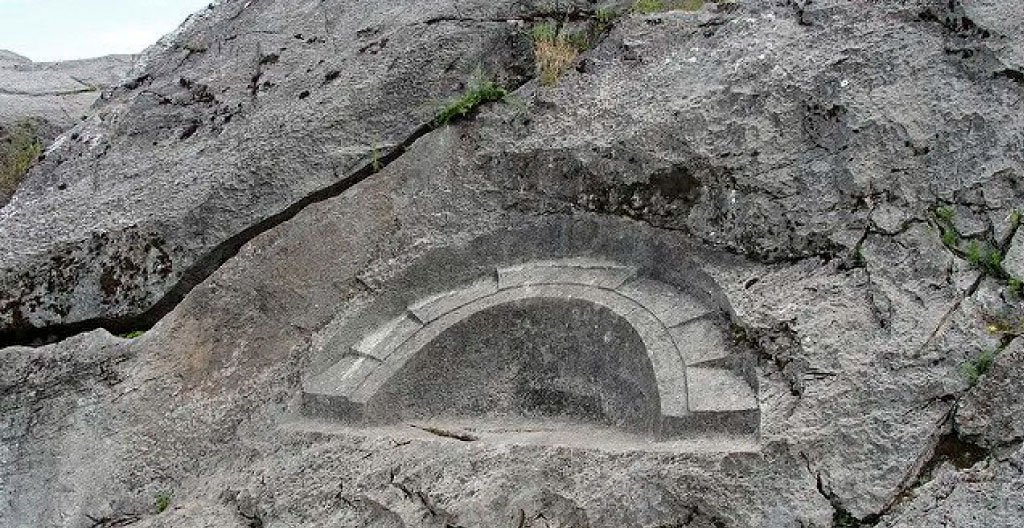
Tarawasi
Tarahuasi (possibly from Quechua tara, a small tree native to Peru, and wasi, house) is an archaeological site in Peru. It is located in the Cusco Region, Anta Province.
It features complex polygonal mortarless walls that are “glued” together in the classic megalithic architectural style.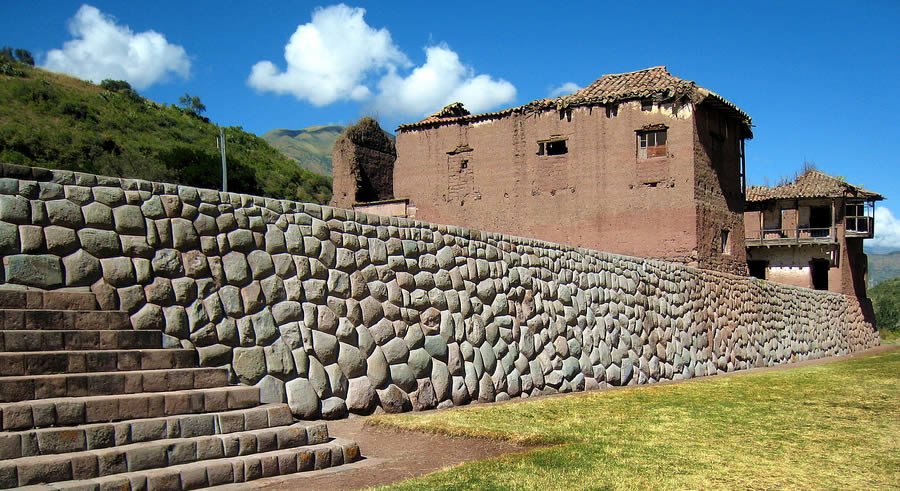



This site also showcases the enigmatic Saywite Monolith, an intricate, complex carving made directly from one block of stone that seems to represent the scale model of a city.
